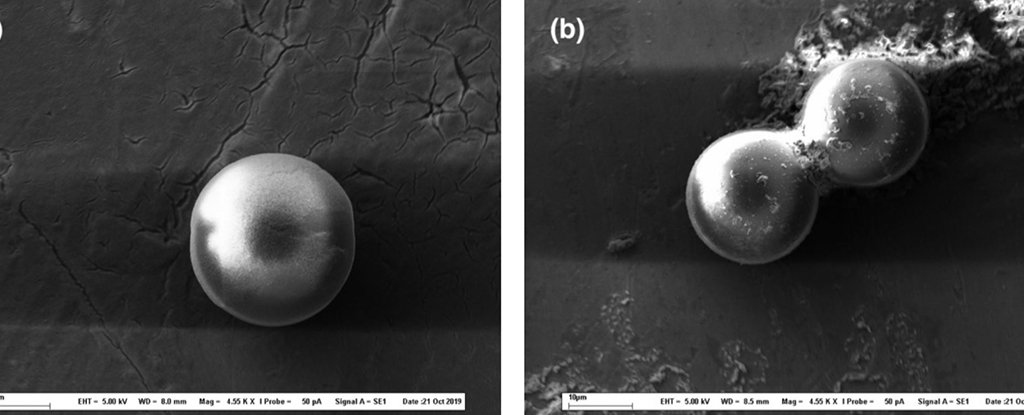
Stars begin their lives when hydrogen fusion ignites in a hot, dense core. When that process starts, the
slotxo game opens. The gravitational pull of the entire mass of the star tries to squeeze it down into a tiny point, but the energy released by fusion pushes outward, creating a delicate equilibrium that can persist in millions or more. Million years The young star has an incredible longevity. Because of their small shape, they don't need a lot of energy to balance the internal gravity, so they only sip at hydrogen reserves. To add to the bonus, these stars' atmospheres are constantly circulating, drawing fresh hydrogen from the outer layer into the core, which can trigger a sustained fire.All told, a common red dwarf will happily burn down hydrogen in its core for trillions of years. Not too shabby.As these tiny stars get older, they become brighter until they disperse vaguely, forming boring helium and inert hydrogen clumps hanging around the universe, ignoring their business.It's a sad fate. But at least it is quiet.
The big endingAs more massive stars in our universe die, they become more violent. As these stars grow, fusion must occur much faster in order to maintain a gravitational equilibrium.Despite being much heavier than the relative of the red dwarf. But these stars have a much shorter life span: in just a few million years. (Which, relative to astronomical time, may be next week) they die.But when massive stars die, they go out with a large radius, meaning there is enough gravitational force to not just fuse hydrogen. But also helium, and carbon, and oxygen, and magnesium. And silicon.Many of the elements on the periodic table were created within these giants near the end of life.But when these stars were gathered to form iron cores, the music stopped and the party was over.
All the material surrounding the steel is squeezed into the core. But the fusion of iron does not emit energy to oppose it. But the core shrinks to such an incredible density that electrons are pushed inside the proton, turning the core into a giant neutron ball.The neutron ball is temporarily resistant to compaction collapse, at least causing a supernova explosion. Supernovas emit more energy in a week than our Sun releases over 10 billion years of lifespan.Shock waves and material ejected during eruptions will unpack the air bubbles in the interstellar medium, disrupting the nebula. And also sending materials that are spewing out of the galaxy.It's one of the most spectacular sights in the universe. When a supernova strikes our necks in the galactic forest, the explosion is bright enough to appear during the day, and possibly even brighter than the full moon at night.Quite intense and which way to go
Last itemIt's a medium-sized star who has suffered its worst fate. Too big to leave quietly at night, and too small to cause a supernova explosion, they turn into horrible monsters before eventually turning themselves off.For these medium-sized stars (This includes stars like our sun.) The problem is that with oxygen and carbon balls forming in the core, there isn't enough mass to fuse into the heavier ones. So it'sup there and it's hotter day by day. The rest of the star responds to hell, in the core swells and turns red, forming a red giant. When our Sun becomes a red giant, its edges reach almost the Earth's orbit.The red giant's phase is unstable, and stars like our sun are repeatedly twitching, collapsing and reversing, each releasing winds, carrying large amounts of the sun into the solar system.
In the final death, a medium-sized star spits out its guts to form a planetary nebula with a thin layer of gas and dust bubbles surrounding a core of exposed carbon and oxygen. The core gets a new name when it comes into contact with space vacuum, the white dwarf.The white dwarf illuminates the surrounding planetary nebula, providing energy for about 10,000 years before the stellar corpses have cooled too much to enable such light shows.While looking beautiful and dazzling in the telescope But the planetary nebula is the result of the brutal and tortured death of the star. Charming, yes, but also haunting to contemplate.
















